Generally speaking, Japanese food that combines shari (sushi rice) and toppings (mainly seafood) is called sushi. In addition to fresh seafood, it is not uncommon for ingredients such as meat, vegetables, and eggs to be used as toppings. Sushi is a popular and delicious food from Japan. It’s made with special rice mixed with vinegar, and it can have different toppings like fresh fish, vegetables, and sometimes fruits. There are many types of sushi, like rolls and bite-sized pieces. People love sushi because it has a great mix of flavors and is fun to eat! Now, let’s get to know more about this Japanese beacon.
What is Sushi?
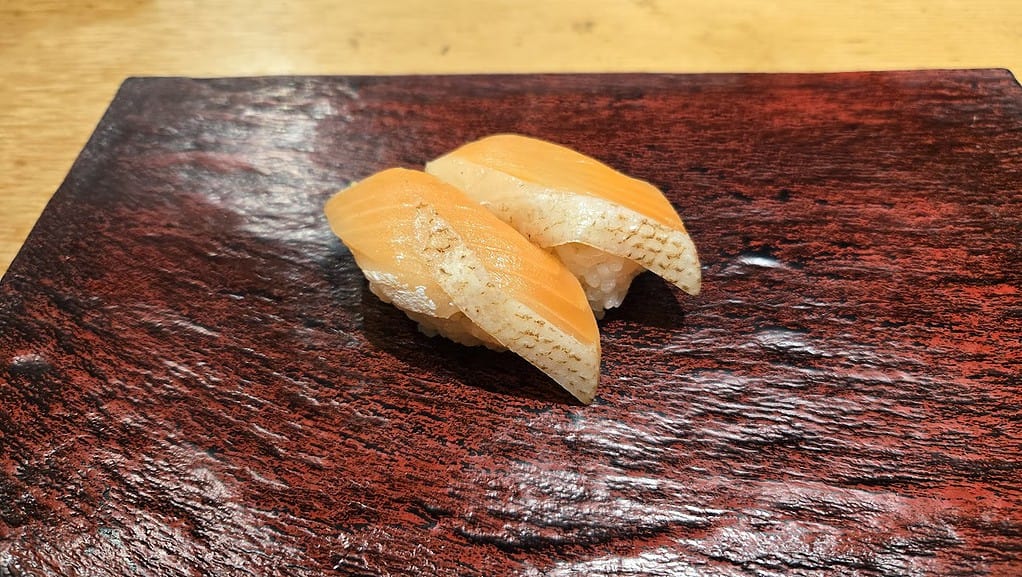
Sushi is a traditional Japanese dish that typically consists of vinegared rice combined with various ingredients, such as seafood, vegetables, and occasionally tropical fruits. The ingredients are often raw, but some variations may involve cooked or pickled ingredients. Sushi is known for its unique combination of flavors, textures, and presentation. Locals often served this with soy sauce, wasabi, and pickled ginger. It has gained international popularity, and you can find a wide range of sushi variations worldwide, with some adaptations to suit local tastes.
Nigiri sushi is one kind of sushi, but there are lots of other types too! There’s Osaka box sushi, which was the first Edomae sushi, inari sushi, pressed sushi, and rose sushi. Some sushi, like maki sushi and inari sushi, don’t always have seafood in them. And guess what? There are even sushi that use things other than rice, like Unohana sushi and Soba sushi!
Sushi Rice History

Legend started for offering to Miwa Shrine
According to the National Federation of Sushi, for centuries, people in Shiga Prefecture, Japan, have been presenting loach sushi as a sacred offering to Miwa Shrine. Located in Ohashi, Ritto-cho, Kurita-gun, at the southern tip of Lake Biwa, the shrine has a legend dating back to 744 established by the priest Ryoben. The shrine became the guardian of Ohashi Village, and according to the legend, locals introduced loach sushi as an offering to appease an epidemic that had struck the village. Instead of a human sacrifice, locals offered loach sushi when a white snake appeared at the shrine.
Origins traced to fermented food
Sushi in Japan has a rich history spanning over a thousand years, and its roots are surprisingly not widely known. The origins of sushi can be traced back to a fermented food known as Narezushi from Southeast Asia. Interestingly, sushi didn’t start in Japan but in Southeast Asia, where mountainous areas created “Narezushi” to preserve hard-to-get fish for an extended period. During the Nara period, locals presented the ripe sushi to the imperial court as a tribute. The Kamakura period saw the emergence of juku sushi made from leftover fish. Sushi evolved during the Edo period when rice vinegar became popular, leading to the creation of “Hayazushi” that didn’t require fermentation.
Every eras unique contribution to sushi
In the mid-Edo period, nigiri sushi was invented, initially eaten by cutting it into pieces due to its rice ball size. Sashimi became a topping after the Meiji period, facilitated by advancements in the ice-making industry. The Taisho era introduced electric refrigerators to sushi restaurants, expanding the variety of toppings. The Showa era brought challenges, with street sushi restaurants closing for hygiene reasons. However, in 1952, the first conveyor belt sushi restaurant in Osaka marked a turning point, making sushi popular again.
About Etymology
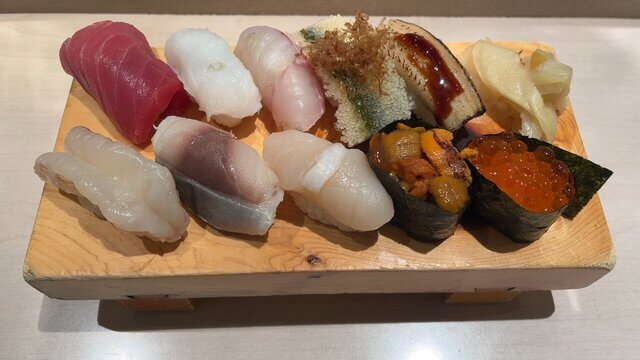
The word comes from the adjective “sushi,” which means “sour,” because the food is made by marinating seafood in salt and allowing it to ferment naturally, giving it a sour taste.
Etiquette when eating sushi rice as part of Japanese culture
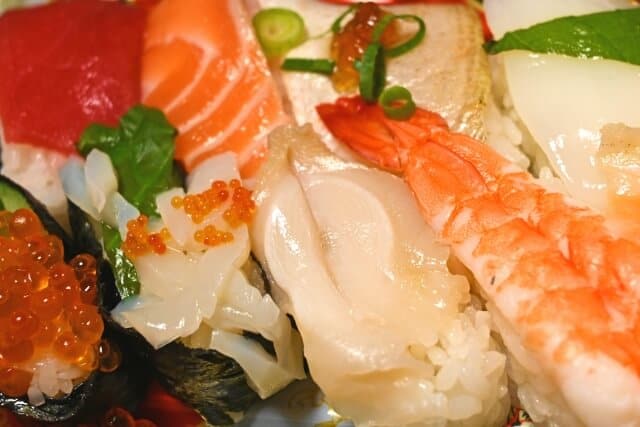
You cannot talk about sushi as a part of Japanese culture without respecting etiquette and etiquette when eating it. It may seem a little formal, but it’s like the secret to enjoying a sushi restaurant, so let’s go over each point one by one.
Try talking to the craftsman
When you visit a sushi restaurant where you are close to the sushi chefs, be sure to talk to them. It may seem like a high hurdle, but by asking for recommendations for the day and letting them know your favorite foods and allergies, you can enjoy a more fulfilling meal.
Eat with your hands, not with chopsticks
There are some cultures where eating with one’s hands is not welcomed, and these days it is common to see people eating sushi with chopsticks even in Japan. Of course, how you eat it is up to your personal preference, but if you don’t mind, feel free to pick it up and taste it. The sushi chefs put a lot of skill into making the sushi, and the amount of air in the sushi is delicately adjusted so that it melts the moment you put it in your mouth. Therefore, if you accidentally grab the chopsticks with too much force, the shape will collapse and you will miss the opportunity to enjoy the special taste.
Eat the sushi rice in one bite
In Europe and the United States, there is a concept of one spoon, and in the same way, locals often season sushi to be eaten in one bite. Some sushi chefs change the size of their nigiri depending on their customers, such as making them smaller for women.
Add soy sauce to the toppings
At sushi restaurants where the sushi chef makes the sushi right in front of you, there are cases where the sushi toppings are already coated with sauce. This is to prevent the sushi from becoming overly flavored and losing its shape, which can occur when adding soy sauce to the sushi. For this reason, it is good etiquette at sushi restaurants to add soy sauce only to the toppings.
Various Area Sushi
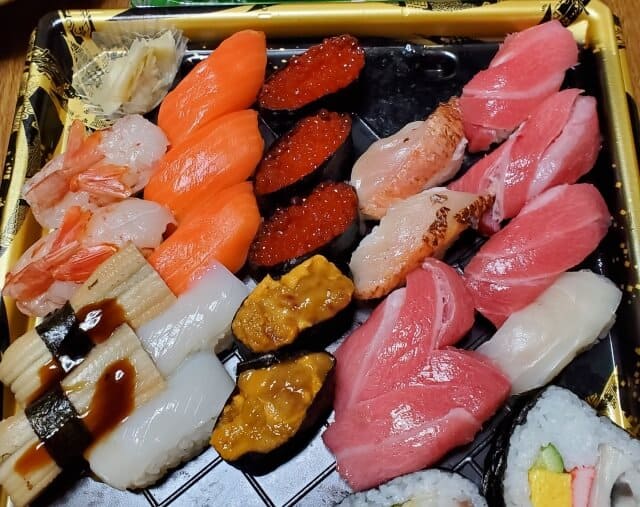
Tokyo Edomae Sushi
Edomae refers to the area before Edo Castle, or Tokyo Bay. This means that they use locally caught seafood. Edomae sushi is a type of sushi that was created at the end of the Edo period when there were no refrigerators. To prevent the fish from spoiling, sushi seeds were marinated with salt or vinegar, or soaked in soy sauce, so they were seasoned.
Hokkaido shishamo sushi rice
The capelin we eat now is capelin. Imported from Norway and Canada and is also popular as capelin. It’s not a bad fish by any means, but in Hokkaido, especially in the Mukawa basin of Iburi, around October every year, locals often catch capelins. Therefore, nigiri sushi made from shishamo is a local flavor of Mukawa that only those in the know know. Although the meat is plump, it has a light flavor.
Tottori Prefecture persimmon leaf sushi
It is a local cuisine of the mountainous area. A slice of trout marinated in vinegar and leaves and fruits of Japanese pepper served on top of rice. Place this on a persimmon leaf. The sushi is much bigger than the nigiri sushi you buy. This was a delicacy locals ate in the tatami room, but it also had the meaning of “labor food” eaten during breaks from work.
Kochi Prefecture country sushi
Kochi is famous for its spectacular sushi, but they make the sushi in the mountains with home-grown wild vegetables. Especially on New Year’s Eve, we make a lot of sushi and eat it as we pass the new year. Takana sushi rolls, Inari sushi made from konjac, and boxed sushi made from amago, bamboo shoots, and eggplant stand out, but most of them are things you’ve probably never seen before.
Oosaka Sushi
Oosaka sushi, also called Osaka-style sushi, is a special sushi from Osaka, Japan. It is a general term for sushi made in Osaka, which includes pressed sushi, rolled sushi, and steamed sushi. Osaka sushi often includes cooked or marinated ingredients like grilled fish and vegetables, instead of raw fish.
Maguro Sushi
Maguro sushi in Japan refers to sushi made with maguro, which is the Japanese term for tuna. This is a popular and widely consumed type of sushi. Red, medium, and large fatty tuna are classic sushi ingredients. Locals serve Maguro sushi in various forms, including Nigiri sushi, where a slice of maguro is on a small bed of seasoned rice and often topped with a small dab of wasabi
Various Sushi Rice type
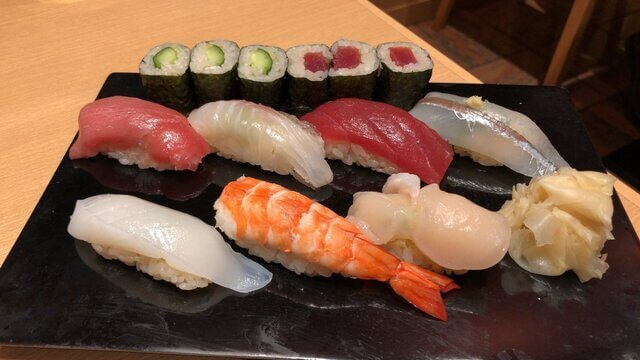
In Kansai, called Gomoku sushi, mixed sushi, bara sushi, etc. depending on the region, and seasoned lotus root, bamboo shoots, shiitake mushrooms, kanpyo, etc. cut into small pieces, mixed with sushi rice, and the top decorated with kinshi tamago, rice seaweed, pickled ginger, etc. Instead of using raw fish such as sashimi, boiled conger eel, or vinegared fish is used.
Bara sushi originated at the beginning of the Edo period when common people were prohibited from being extravagant and ordered to eat “one soup and one dish.”
Chirashizushi originated in the Kanto region at the end of the Edo period as a side dish for sushi chefs. Sushi rice is topped with seaweed and decorated with various toppings such as sashimi (sushi dumplings), vinegared lotus root, fried egg, boiled shiitake mushrooms, snow peas, pickled ginger, etc.
Sushi FAQ
- What is the significance of eating white fish first when enjoying sushi in Japan?
In Japan, the tradition of starting a sushi rice with white fish, such as sea bream and flounder, is rooted in the idea of savoring delicate flavors before progressing to stronger ones. Whitefish tends to have a more subtle taste, so consuming it initially ensures that its nuanced flavors aren’t overshadowed by the richness of fatty tuna or yellowtail.
- Why do some sushi enthusiasts order tamagoyaki first at a sushi restaurant?
Ordering tamagoyaki, a Japanese omelet, as the initial dish at a sushi restaurant is a practice among connoisseurs to assess the establishment’s overall quality. Believed that the preparation of tamagoyaki reflects the chef’s skill and attention to detail. While this tradition exists, many sushi rice enthusiasts may choose to set aside this assessment momentarily, especially when anticipating a delightful experience at the sushi counter.
Sushi Recipe
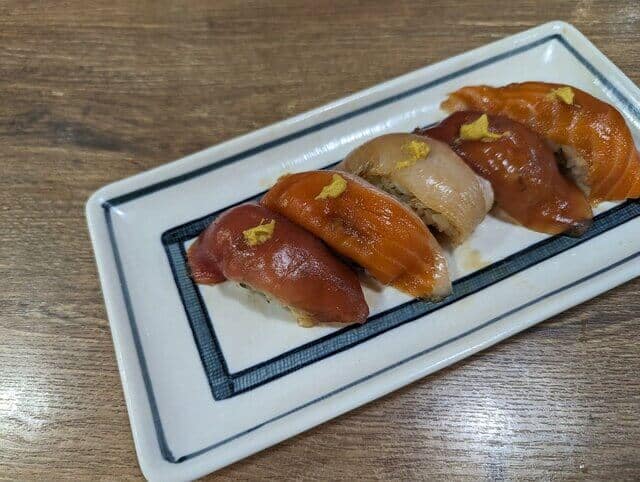
Sushi Ingredients
| Ingredients of Sushi for 4 persons | Measurements |
|---|---|
| Cooked rice | 375g |
| Mitsukan Sushi Vinegar with Kelp Dashi | 42g |
| Sushi vinegar | 42g |
| Salmon flakes | 42g |
| Salmon (for sashimi) | 36g |
| Tuna | 72g |
| Thinly baked egg | 23g |
| Sliced cheese | 15g |
| Lettuce | 20g |
| Salmon roe | 42g |
| Baby leaf | 5g |
How to make Sushi?
Pour “sushi vinegar with kelp dashi” or “sushi vinegar” onto freshly cooked rice, and then mix in the salmon flakes.
Cut out the salmon and tuna into star shapes (if it is difficult to cut out, press the star shape to make a shape and cut with kitchen scissors to cut cleanly). Fry thin eggs and cut them into star shapes. Shape the sliced cheese into star shapes in the same way. Put a little over 30g of it in plastic wrap and roll it up.
Remove moisture from the tuna and salmon using paper towels, then place them on top of the rolled sushi rice without crushing them. Do the same with cheese and thinly baked eggs.
Spread lettuce on a plate, arrange temari sushi like a wreath, add bay leaves, and sprinkle with salmon roe.
Where to buy Sushi?
Sushi Sotatsu (すし宗達)
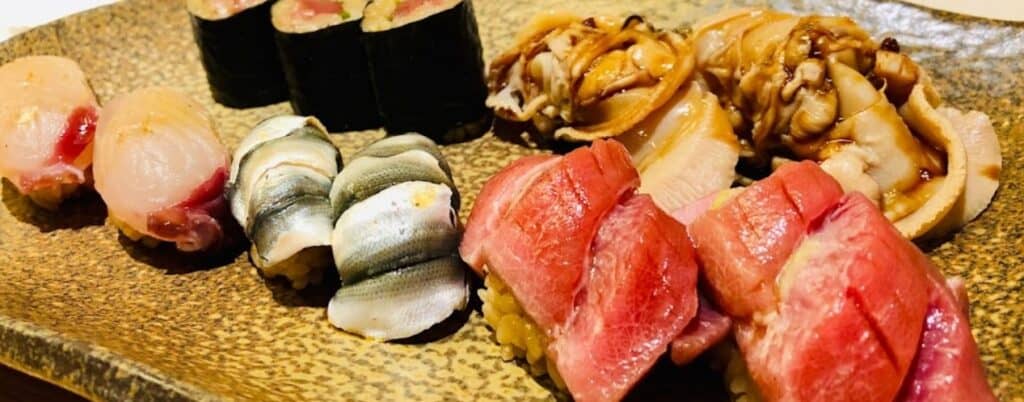
“Sushi Sotatsu” is a local sushi restaurant known for its friendly approach and popularity. The restaurant stands out because you can order sushi just one piece at a time, making it easy and convenient. It received the Bib Gourmand in the “Michelin Guide Tokyo 2021,” which means it offers delicious dishes for less than 6,000 yen, providing great value for money. This well-known spot is suitable for solo visitors and also offers a chance to enjoy authentic sushi crafted with Edomae techniques at an affordable price. If you’re searching for a sushi place in the Shinjuku area, Sushi Sotatsu might be the perfect choice.
Sushi restaurant Shigeru (すし処志げる)
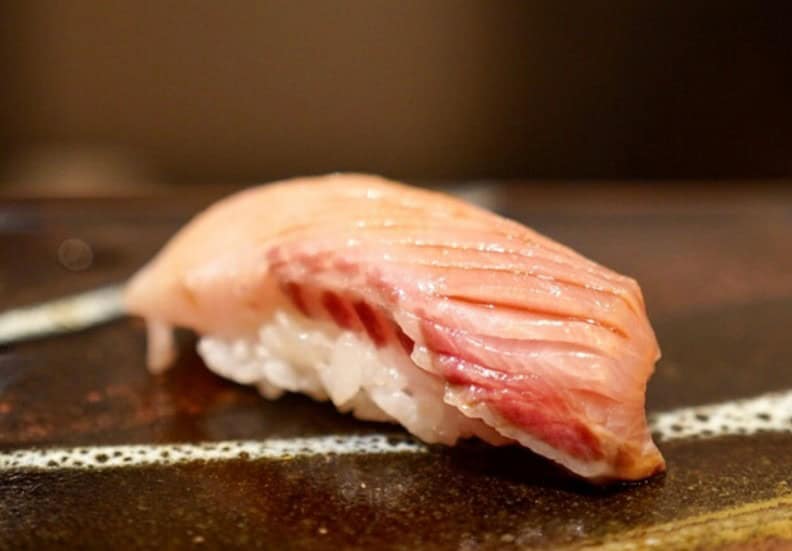
“Sushidokoro Shigeru” is a small, famous sushi restaurant with only 7 seats at the counter. Awarded the Bib Gukuman (less than 6,000 yen and more satisfying than the price) from Michelin, and its guaranteed excellent cost performance. For dinner, there is only the “Nigiri Set”(3,000 yen with 8 pieces of nigiri and a roll), and the “Omakase Course”, which is 6,000 yen.
Manten Sushi Marunouchi Branch (まんてん鮨 丸の内店)
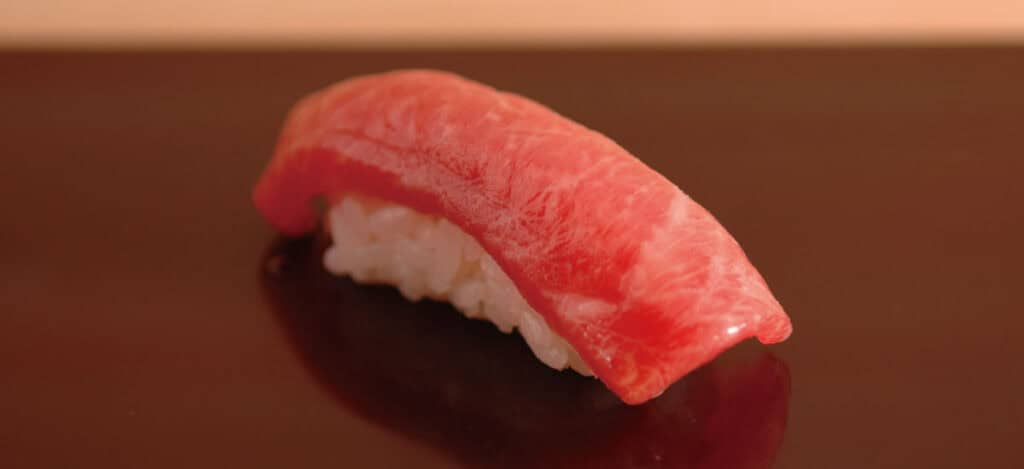
“Manten Sushi Marunouchi Branch” is a sushi restaurant located in “Marunouchi Brick Square”, a commercial area representing the Marunouchi area, right in front of Tokyo Station. The concept is “a little bit, a lot.” To use plenty of seasonal ingredients and offer the most delicious dishes at the time, the menu is limited to omakase courses.
Final Thoughts
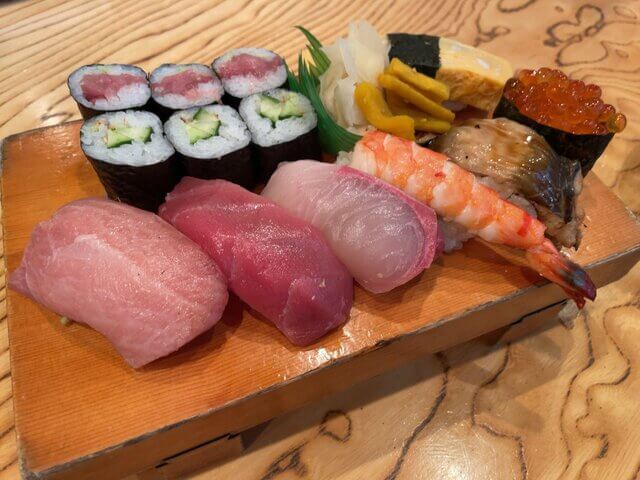
Sushi has a deep history and a variety of etiquette. Whether you’re eating sushi at a conveyor belt sushi restaurant or a high-end restaurant, if you remember and practice some of the etiquette and etiquette when eating sushi, you might be able to enjoy the charm of sushi even more.
You can check some Japanese dishes such as Oosaka sushi, Maguro sushi, and Gunkan sushi that we know you would like to try too.






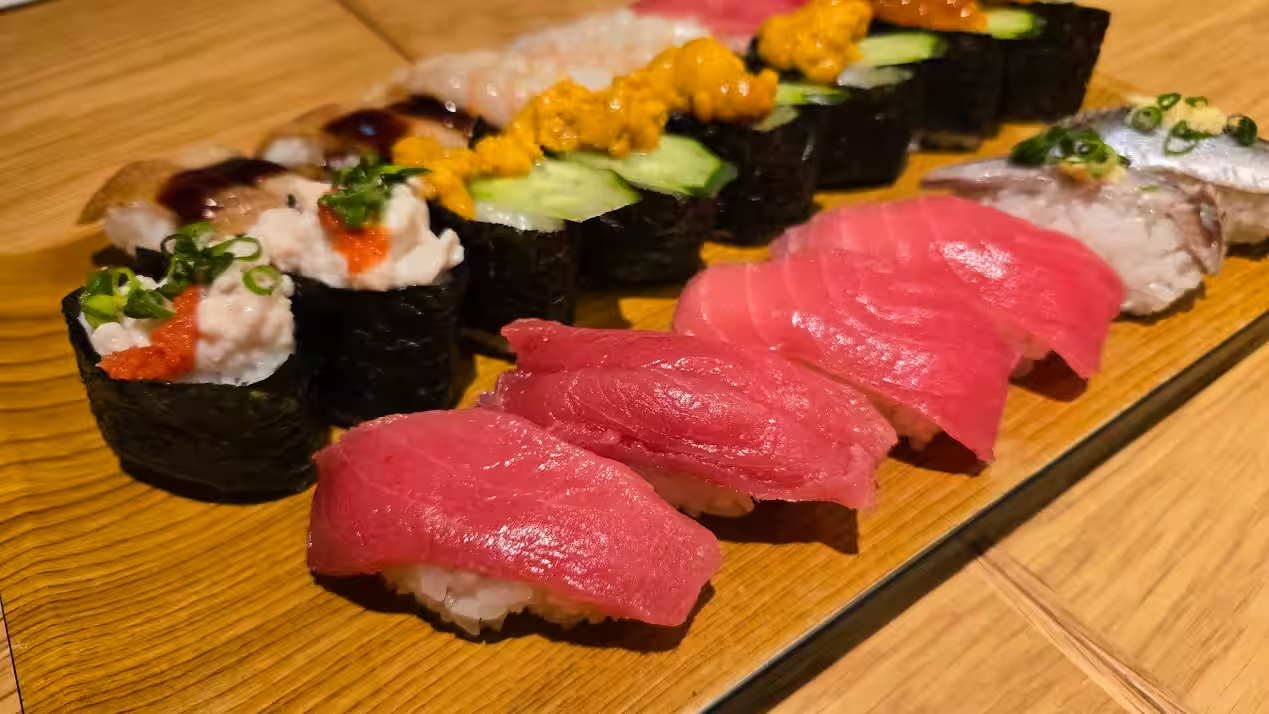
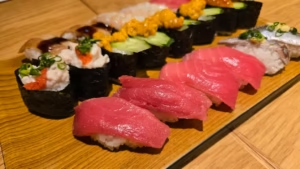

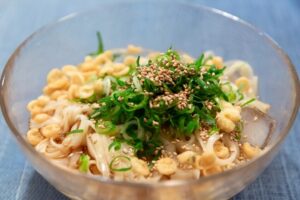
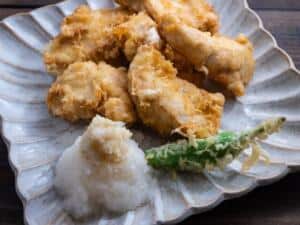
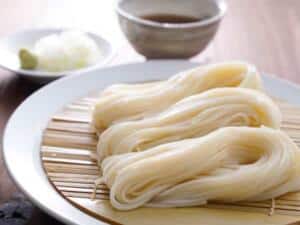

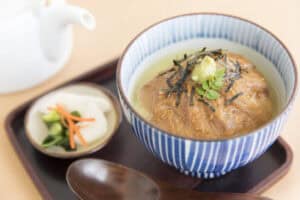
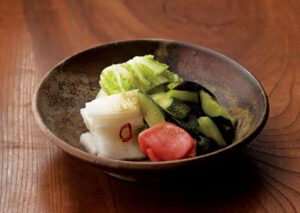
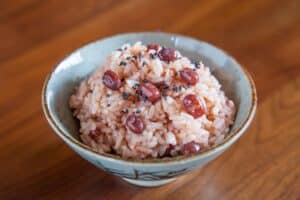
Comments